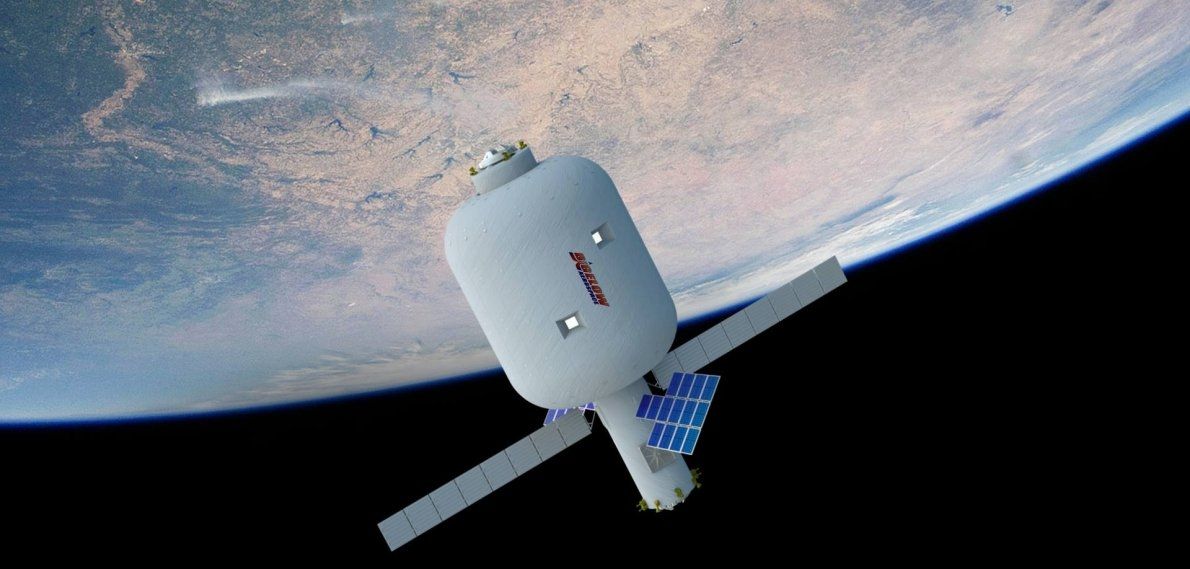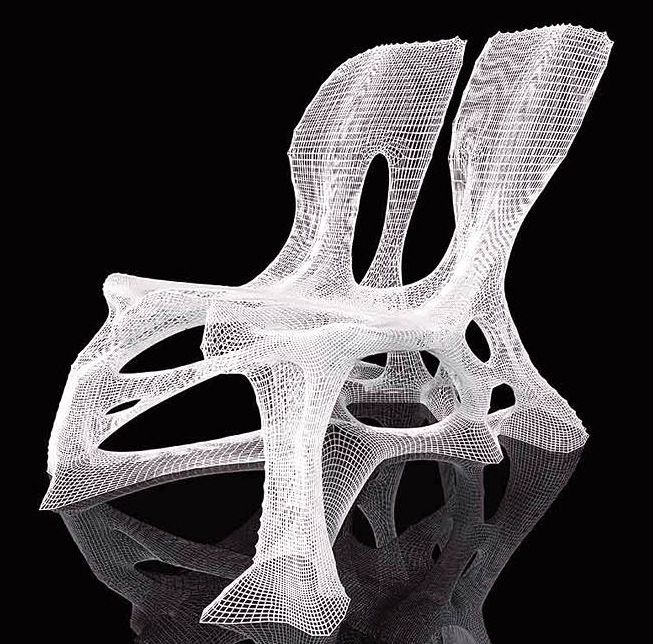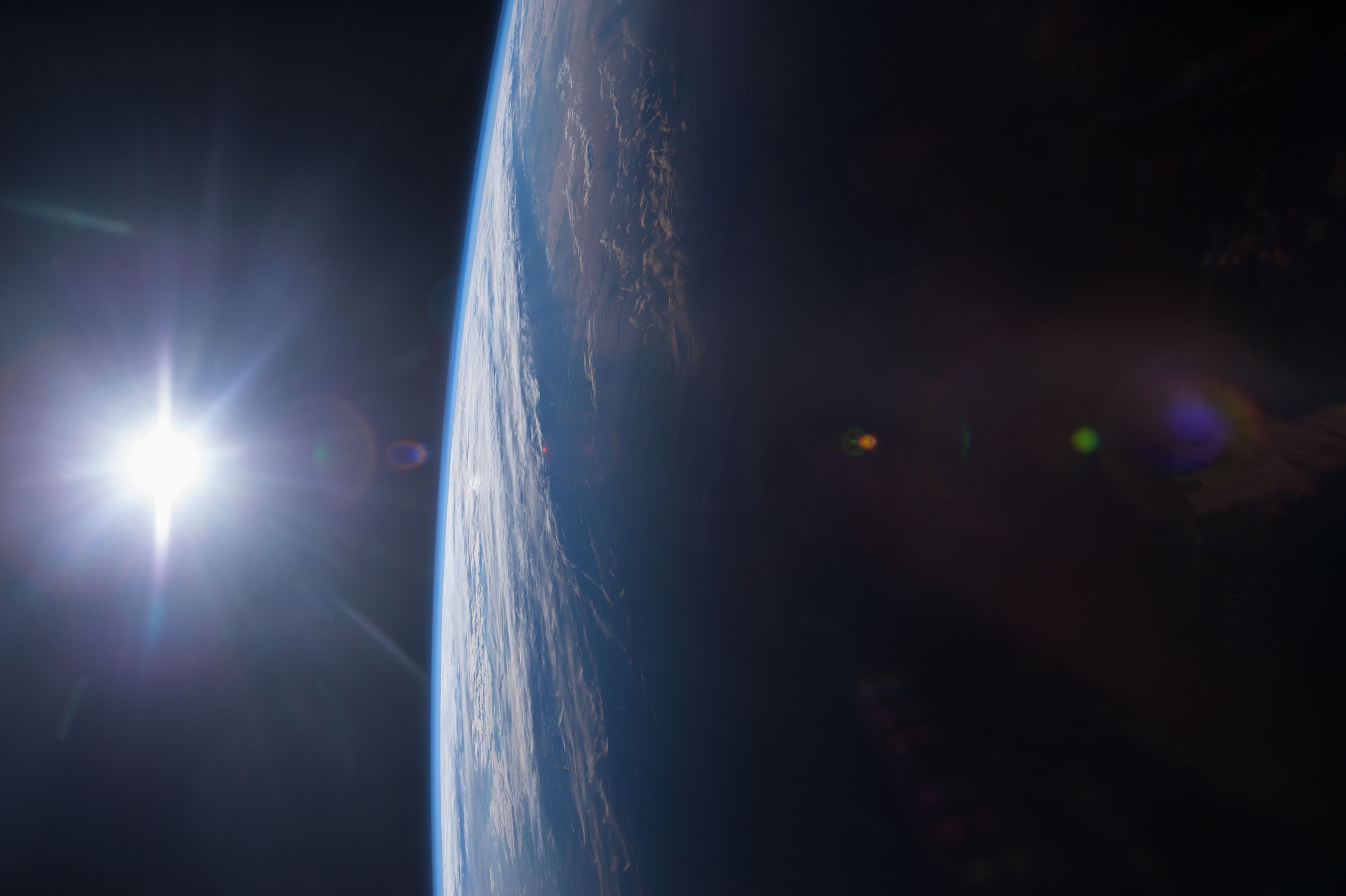Archive for the ‘space’ category: Page 971
Apr 14, 2016
Space stations for tourists could be here as soon as 2020
Posted by Shailesh Prasad in category: space
Apr 12, 2016
Is the Universe a Simulation? Scientists Debate
Posted by Sean Brazell in categories: biotech/medical, information science, mobile phones, neuroscience, space

Hmm… That would explain Alzheimer disease — It’d be like some sort of unabashedly evil version of a smart phone data caps!
Or not.
Continue reading “Is the Universe a Simulation? Scientists Debate” »
Apr 12, 2016
RedWorks Wants To Build Your First Home On Mars
Posted by Klaus Baldauf in categories: 3D printing, space
NASA projects we’ll be on Mars by the 2030s. RedWorks has created a 3D printing system to build your first home on the red planet.
Apr 12, 2016
Bigelow Aerospace and United Launch Alliance Join Forces to Foster a New Era of Sustainable Commercialization in Low Earth Orbit
Posted by Klaus Baldauf in categories: space, sustainability
Colorado Springs, Colo., (April 11, 2016) – Bigelow Aerospace (BA) and United Launch Alliance (ULA) announced they are partnering to develop and deploy habitable volumes in Low Earth orbit (LEO). The volumes will be based on the Bigelow Aerospace B330 expandable module with the initial launch to orbit in 2020 on ULA’s Atlas V 552 configuration launch vehicle.
The B330 will have 330 cubic meters (12,000 cu ft) of internal space. The craft will support zero-gravity research including scientific missions and manufacturing processes. Beyond its industrial and scientific purposes, however, it has potential as a destination for space tourism and a craft for missions destined for the Moon and Mars.
“We are exploring options for the location of the initial B330 including discussions with NASA on the possibility of attaching it to the International Space Station (ISS),” said Robert Bigelow, founder and president of Bigelow Aerospace. “In that configuration, the B330 will enlarge the station’s volume by 30% and function as a multipurpose testbed in support of NASA’s exploration goals as well as provide significant commercial opportunities. The working name for this module is XBASE or Expandable Bigelow Advanced Station Enhancement.”
Apr 11, 2016
NASA Expands Economic Research to Advance Space Development
Posted by Klaus Baldauf in categories: economics, space
The global space economy is growing, generating more than $300 billion a year in space-related activities, and attracting new, diverse participants and investors. A recent study also found more private money invested in commercial space development in 2015 than in the previous 15 years combined.
NASA has selected six new research proposals to understand the effective drivers of investments in the space economy.
In its second call for economic studies related to investments in the space economy, the agency picked studies that cover topics ranging from in-space manufacturing in low-Earth orbit (LEO) to the economics of resources obtained from near-Earth objects (NEO), such as asteroids.
Continue reading “NASA Expands Economic Research to Advance Space Development” »
Apr 11, 2016
This Expandable Structure Could Become the Future of Living in Space
Posted by Klaus Baldauf in categories: futurism, space
A Nevada real estate magnate has poured $290 million into a wild dream of being a landlord in outer space. His first tenant: NASA.
Apr 11, 2016
Cosmic Speed Measurement Suggests Dark Energy Mystery
Posted by Sean Brazell in categories: physics, space
A new measurement of how fast space is expanding disagrees with estimates based on the early universe, potentially pointing toward a break from the standard model of physics.
By Clara Moskowitz on April 11, 2016.
Apr 10, 2016
The Big Bang: Arriving at the site of creation
Posted by Karen Hurst in categories: mathematics, quantum physics, singularity, space
Part 2
In part 1 of the journey, we saw the leading observations that needed explanation. Explanations that we want to do through the theory of relativity and quantum mechanics. No technical and expert knowledge in these theories yet, only scratches of its implications. So let us continue.
THE RELATIVITY THEORY Deducing from the Hubble expansion, the galaxies were close in the distant past but certainly not in this current form as the telescopes now see them receding. In fact, if they were receding it also means they were expanding.
Therefore, when we reverse the receding galaxies into the far distant past they should end up at a point somewhere sometime with the smallest imaginable extension, if that extension is conceivable at all. Scientists call it the singularity, a mathematical deduction from the relativity theory. How did this immeasurable Universe made of clusters of galaxies we now see ever existed in that point called singularity?
Continue reading “The Big Bang: Arriving at the site of creation” »













